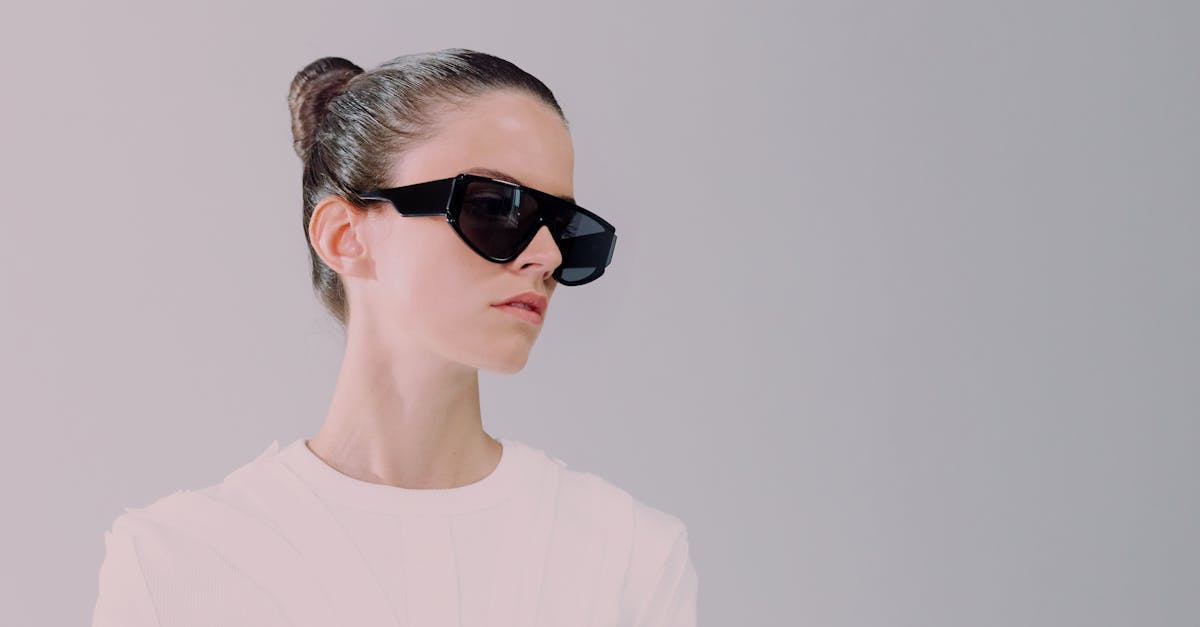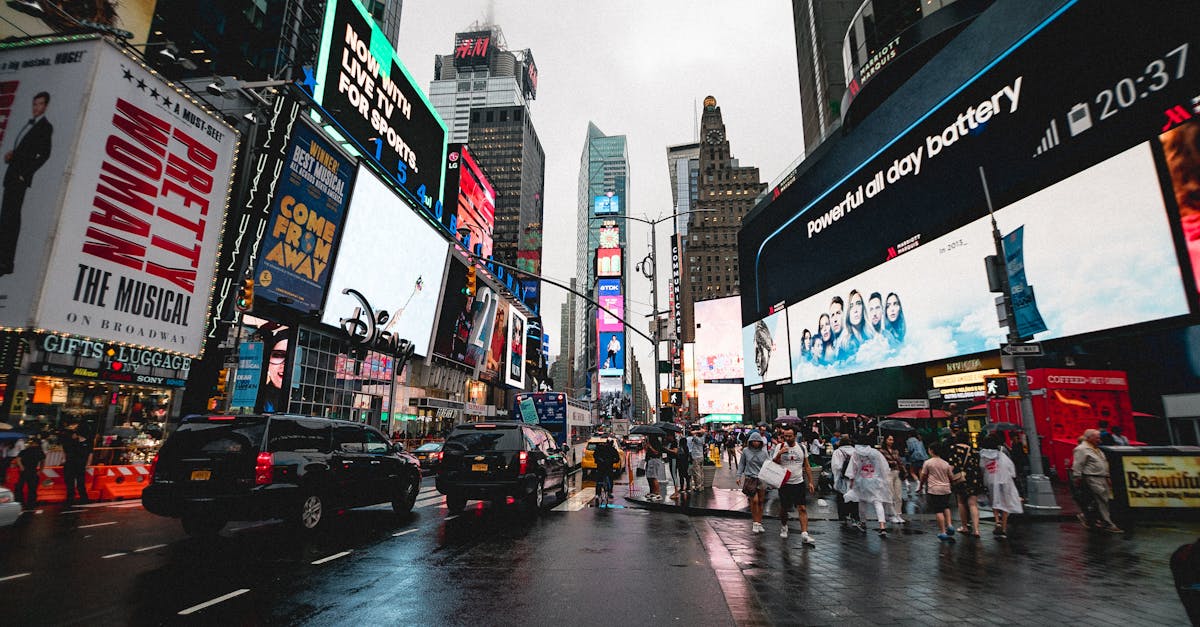Hozing The Fashion Industry in 2025
Introduction
The year 2025 is set to be a transformative period for the fashion industry, with the emergence of 'hozing' taking center stage. The term, derived from the combination of holistic and zero-waste design, is reshaping how fashion operates. By embracing hozing, the industry is seeking to address sustainability challenges and inclusivity more profoundly. This movement represents a paradigm shift, moving away from the fast-fashion model that has dominated for decades and toward a more responsible, ethical, and innovative approach. Hozing is not just a trend; it is a philosophy that integrates environmental stewardship, social responsibility, and technological advancement into the very fabric of fashion.
Advertisement
Sustainability Revolution
Hozing represents a commitment to eco-friendly practices in fashion, marking a significant departure from traditional methods that have long been criticized for their environmental impact. Designers are now employing methods that minimize waste and focus on renewable resources, such as organic cotton, hemp, and recycled fabrics. This shift is crucial as consumers increasingly prioritize sustainable products, driving brands to adopt eco-conscious approaches. From biodegradable materials to recycling initiatives, hozing is setting new standards for what it means to be a sustainable brand.
For instance, some designers are experimenting with innovative materials like mushroom leather, algae-based dyes, and even fabrics made from ocean plastic. These materials not only reduce the industry's reliance on non-renewable resources but also offer unique textures and aesthetics that appeal to modern consumers. Additionally, hozing emphasizes the importance of reducing water usage and carbon emissions throughout the production process, ensuring that every step aligns with the principles of environmental responsibility.

Thirdman/Pexels
Advertisement
Circular Fashion Economy
Central to the hozing movement is the idea of a circular economy, wherein products are designed for longevity, reuse, and recycling. This concept not only reduces the carbon footprint but also encourages consumers to rethink their purchasing habits. By closing the loop, the fashion industry aims to create a self-sustaining model that benefits both the planet and its inhabitants.
Brands are increasingly adopting strategies such as take-back programs, where customers can return old garments to be repaired, repurposed, or recycled. This not only extends the lifecycle of clothing but also reduces the amount of textile waste that ends up in landfills. Furthermore, the concept of "rental fashion" is gaining traction, allowing consumers to access high-quality, stylish clothing without the need for permanent ownership. This shift toward a circular economy is not just environmentally beneficial; it also fosters a deeper connection between consumers and their clothing, encouraging them to value quality over quantity.
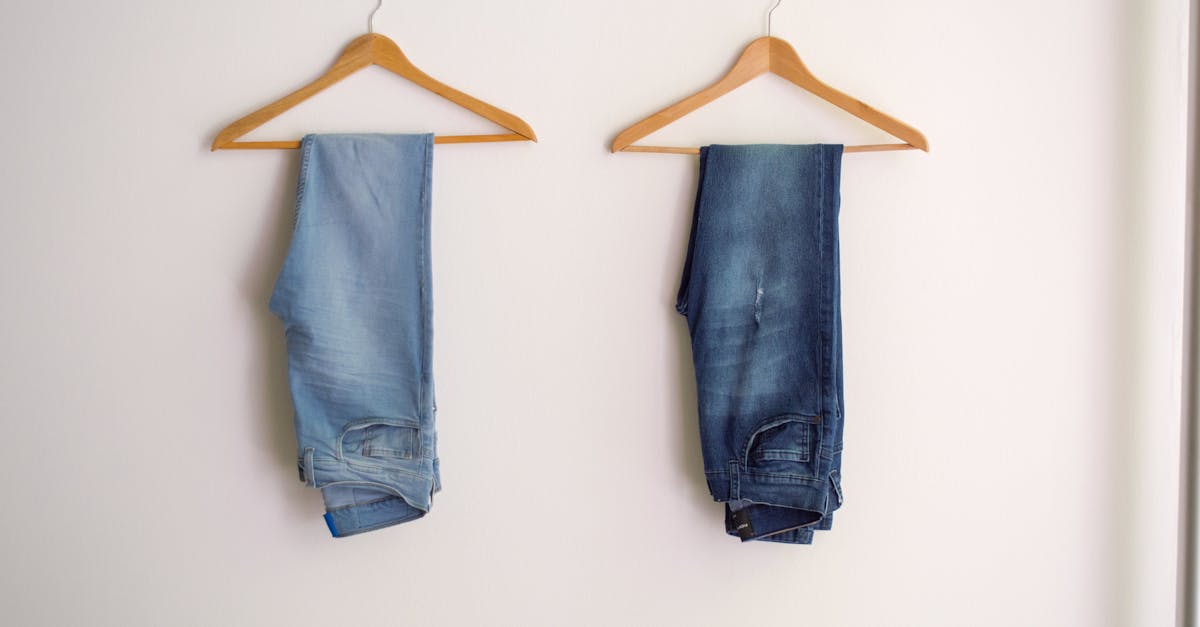
Mica Asato/Pexels
Advertisement
Technological Advancements
Advancements in technology are facilitating the implementation of hozing in fashion. Innovations such as 3D printing and AI-driven design processes enable more precise production, reducing waste. For example, 3D printing allows designers to create garments with minimal material waste, while AI can optimize patterns to ensure that every inch of fabric is used efficiently.
Blockchain technology is also being employed to ensure transparency in the supply chain, achieving greater accountability. By tracking the journey of a garment from raw material to finished product, brands can provide consumers with verifiable proof of their ethical practices. This level of transparency is becoming increasingly important as consumers demand greater insight into how their clothes are made.
Moreover, virtual reality (VR) and augmented reality (AR) are being used to enhance the shopping experience, allowing customers to "try on" clothes virtually and reducing the need for physical samples. These technologies not only reduce waste but also make fashion more accessible to a global audience.

Tara Winstead/Pexels
Advertisement
Inclusivity and Diversity
Hozing isn't solely focused on environmental aspects; it also fosters a more inclusive fashion world. It pushes for design practices that consider diverse body types, cultures, and social backgrounds. Brands are increasingly showcasing collections that reflect a spectrum of identities, thus appealing to a broader audience. Inclusivity has become a core component of the fashion revolution in 2024.
For example, adaptive clothing—designed for people with disabilities—is gaining prominence, ensuring that fashion is accessible to everyone. Similarly, brands are embracing cultural diversity by collaborating with artisans from different parts of the world, preserving traditional craftsmanship while introducing it to a global market. This focus on inclusivity not only enriches the fashion landscape but also ensures that everyone feels represented and valued.
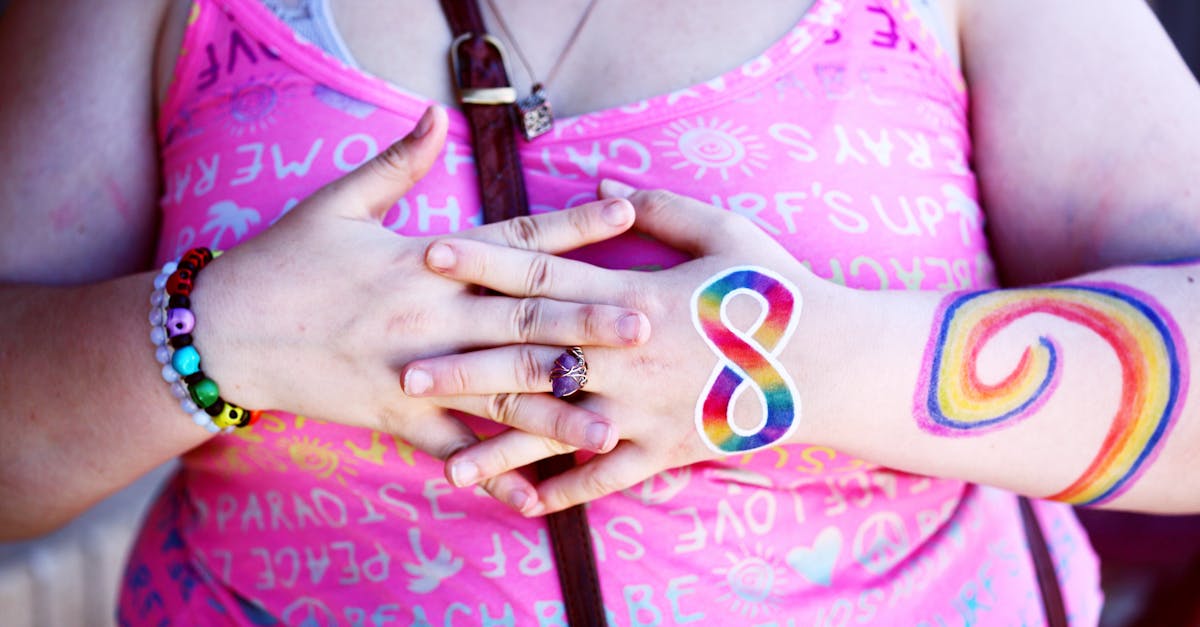
Alexander Grey/Pexels
Advertisement
Consumer Empowerment
Empowered consumers are driving the hozing trend by demanding transparency and ethical practices. This shift in consumer behavior forces brands to align with values that meet societal expectations. With greater access to information, individuals are making more informed decisions, opting for brands committed to ethical fashion solutions. This, in turn, drives brands to maintain high ethical standards.
Social media has played a significant role in this shift, as platforms like Instagram and TikTok allow consumers to hold brands accountable for their actions. Hashtags like #WhoMadeMyClothes and #SustainableFashion have sparked global conversations about ethical practices, pushing brands to be more transparent about their supply chains. Additionally, the rise of second-hand marketplaces and thrift shopping apps has given consumers more options to participate in sustainable fashion without compromising on style.

Photo By: Kaboompics.com/Pexels
Advertisement
Collaboration Across Borders
Hozing encourages collaboration between global fashion houses, artisans, and local communities. By unifying different sectors of the industry, it fosters innovation and learning. These partnerships aim to harness diverse expertise, ensuring a well-rounded and sustainable approach to fashion. Such alliances are essential in realizing a more integrated industry standard.
For instance, luxury brands are partnering with indigenous communities to create unique, culturally significant pieces that celebrate traditional craftsmanship. These collaborations not only provide economic opportunities for local artisans but also introduce global audiences to new perspectives and techniques. By working together, the fashion industry can create a more inclusive and sustainable future.
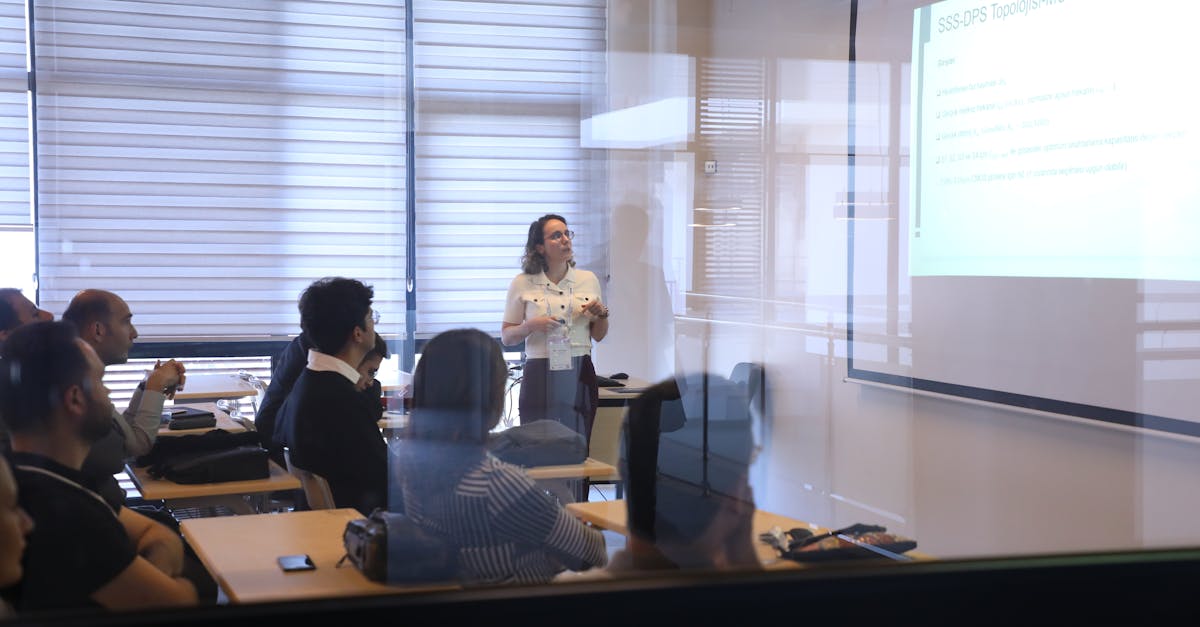
Mehmet BALCI/Pexels
Advertisement
Economic Challenges and Opportunities
While hozing introduces significant opportunities, it also presents economic challenges for stakeholders. Transitioning to zero-waste processes and eco-friendly materials may increase initial costs for brands. However, the long-term benefits, coupled with growing consumer demand for sustainable options, create prospects for increased profitability and market share expansion in the long run.
Smaller brands, in particular, may face hurdles in adopting hozing practices due to limited resources. However, initiatives like grants, subsidies, and industry-wide collaborations can help mitigate these challenges. On the other hand, larger brands have the opportunity to lead by example, investing in research and development to pioneer new sustainable technologies and practices.

Jonathan Borba/Pexels
Advertisement
Adapting to Global Trends
Global fashion trends continuously evolve, and hozing ensures the industry remains future-proof. By aligning with global priorities like sustainability, hozing aids in mitigating the risks posed by climate change and resource depletion. This alignment not only attracts conscientious consumers but also supports fashion's quest to remain relevant and impactful worldwide.
For example, the rise of climate-conscious activism has led to increased scrutiny of the fashion industry's environmental impact. Hozing provides a framework for brands to address these concerns proactively, positioning themselves as leaders in the fight against climate change. Additionally, as governments and regulatory bodies introduce stricter environmental standards, hozing offers a roadmap for compliance and innovation.

Kampus Production/Pexels
Advertisement
Conclusion
In conclusion, hozing signifies a pivotal shift in the fashion industry, combining sustainability with innovation and inclusivity. As brands start adopting these practices, they contribute to a greener, more conscientious future. Embracing hozing is not just a trend but a necessary evolution, embodying the values of an ethical and dynamic industry prepared for future challenges.
The journey toward a fully sustainable and inclusive fashion industry is ongoing, but hozing provides a clear path forward. By prioritizing the planet, people, and innovation, the fashion industry can redefine itself as a force for good, inspiring consumers and other industries to follow suit. In 2024 and beyond, hozing will continue to shape the future of fashion, proving that style and sustainability can go hand in hand.

Ann H/Pexels
Advertisement


